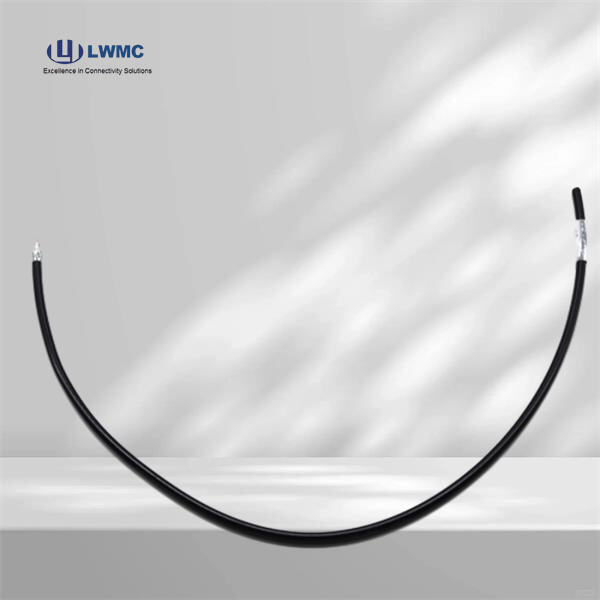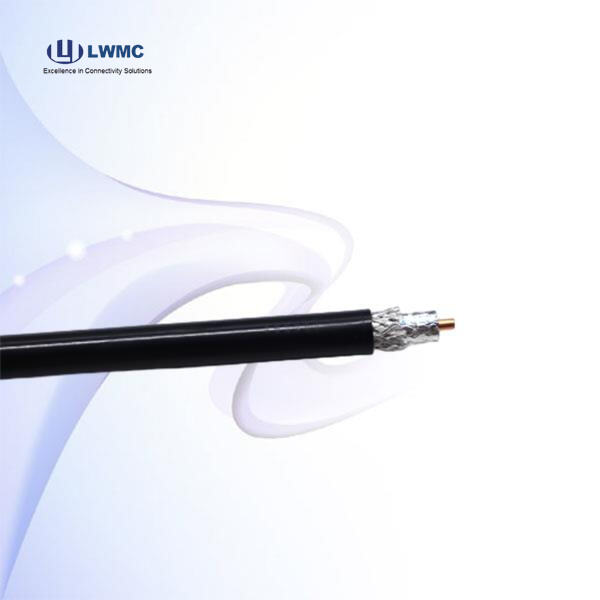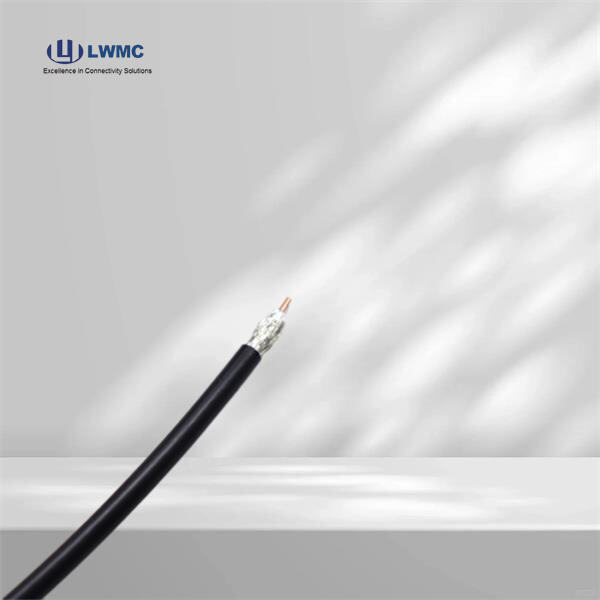Coaxial cables are special wires that send signals in one place and out another. You see them frequently in people’s homes, for hooking televisions, the internet and phones to the outside world. The cables feature a smart design that keeps the signals protected from interference, for devices that work great.
A coaxial cable comprises of a center conductor wire covered in insulating material, surrounded by a woven metal shield, and then coated with an outer cover. This design traps the signal within the cable and prevents it from being disrupted by other electrical signals. The signal is sent along the center wire and the metal shield keeps it there.
There is a major upside to coax, which of course is reliability. They’ll hold a signal nice and strong even when you put a bit of distance between them. They are also easy to install and maintain, which makes them a popular option for home networking for people who prefer a wireless device.

There are various types of connectors for coaxial cables and each has its own special job. Some common ones are F-type, BNC and RCA connectors. You need to choose the correct connector for your requirements to ensure everything works properly.

When you install a coaxial cable system in your home, you should begin by deciding where to place the wall plates and how to route the cable. Don’t Lose the Signal To help keep things as clear as possible, you’ll want to be rely on the best possible cables and connectors. Once everything is installed, test the cables except if they work correctly. Inspect your system regularly to ensure it’s in good condition.

Technology gets better, and with it, so does coaxial cable technology. New materials are being developed to make the signals even more robust and faster. And someday we might have coaxial cables that are even better for networks around the world.